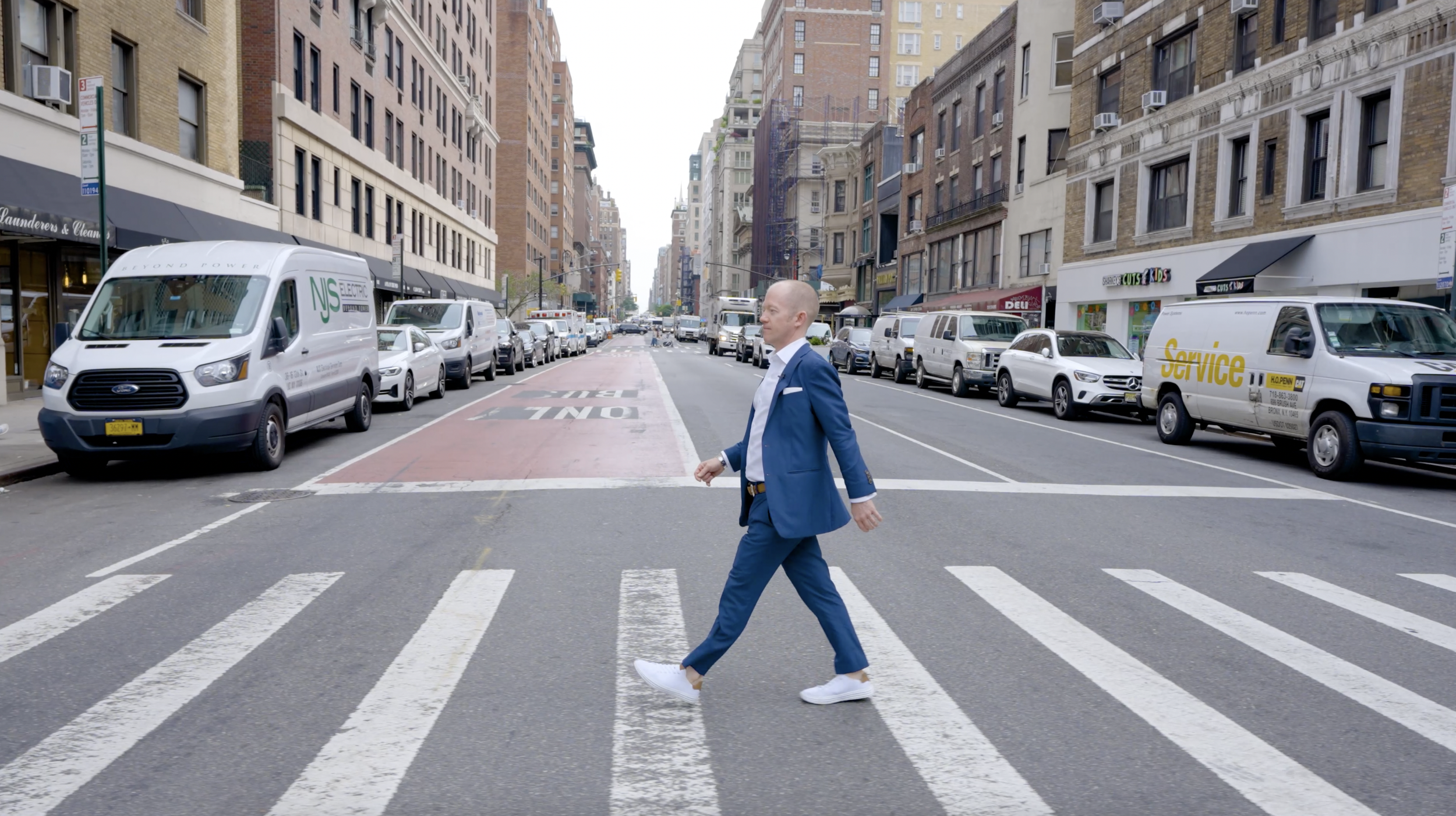
How many times have you walked by an old building on the streets of NYC and thought, "Who used to live there?" or, "How much would someone have paid for that 100 years ago?" You may know that I'm not only passionate about real estate, but also about the history and architecture of New York City. Come take a walk through time with me as we explore some of NYC’s most iconic landmarks in my series, Then & Now.
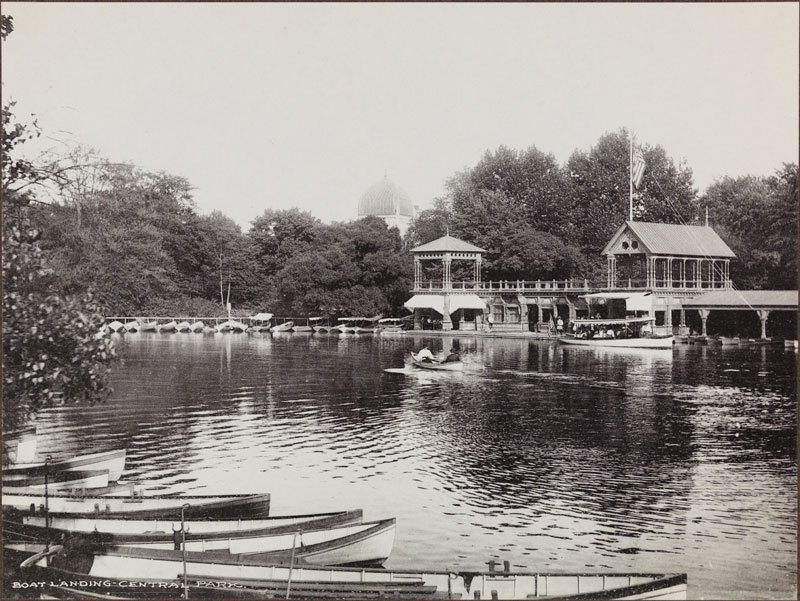
The Central Park Boathouse
Did you know that this is the third iteration of the famous Central Park boathouse?
I run by the Central Park Boathouse numerous times a week and like many New Yorkers (and out-of-towners) I think that Central Park wouldn’t be the same without it. It’s the park’s only fully functioning restaurant (Tavern on the Green kinda counts I guess) and having a drink or meal there provides a serene, picturesque scene of The Lake and its row boaters. We recently got the good news that it’s reopening after a brief shutdown!
The story begins around 150 years ago.
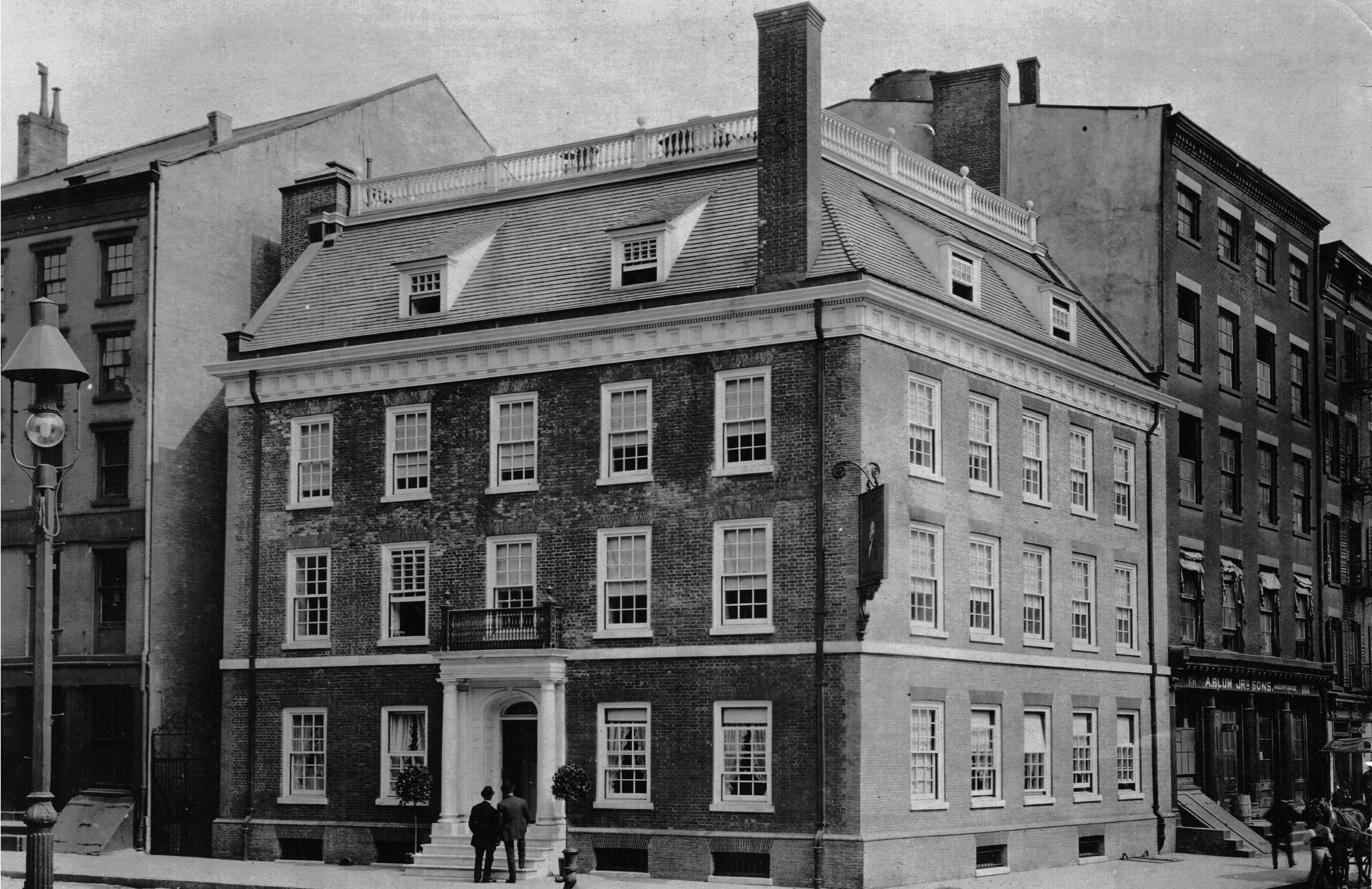
Fraunces Tavern
Let’s delve into the rich history of one of New York City's oldest pieces of real estate, which also happens to be my favorite bar. I find it absolutely thrilling to sit in a place where George Washington himself hung out, commiserating about British rule over the colonies!

The Woolworth Building
Often forgotten these days - Frank Woolworth’s headquarters at 233 Broadway was the tallest building in the world for 17 years and to this day remains an architectural masterpiece.
By 1911 F.W. Woolworth had 586 of his ‘Five-and-Dimes’ stores throughout the country and he was a very wealthy man. He hired a not yet famous Cass Gilbert to design his new headquarters in downtown Manhattan.

The Victory Arch
World War I, also known as The Great War, tends to get overshadowed by World War II, but was pretty brutal. Approximately 9 million soldiers perished in battle, 23 million sustained injuries, and 5 million civilians lost their lives due to military engagements, famine, and illnesses. The movement of troops during the war further intensified the devastating impact of the 1918 Spanish flu, which all of us today are very familiar with after the Covid-19 pandemic. Tough times.

Coney Island
In 1624 around the time the Dutch settled Manhattan, Coney Island was inhabited. The name of the island is believed to have originated from the Dutch word "konijn," which means rabbit, because of the significant population of rabbits that inhabited the island.Over the next 100 years or so residents of Gravesend Brooklyn used Coney Island and its neighboring islands to house cattle in the winter months.
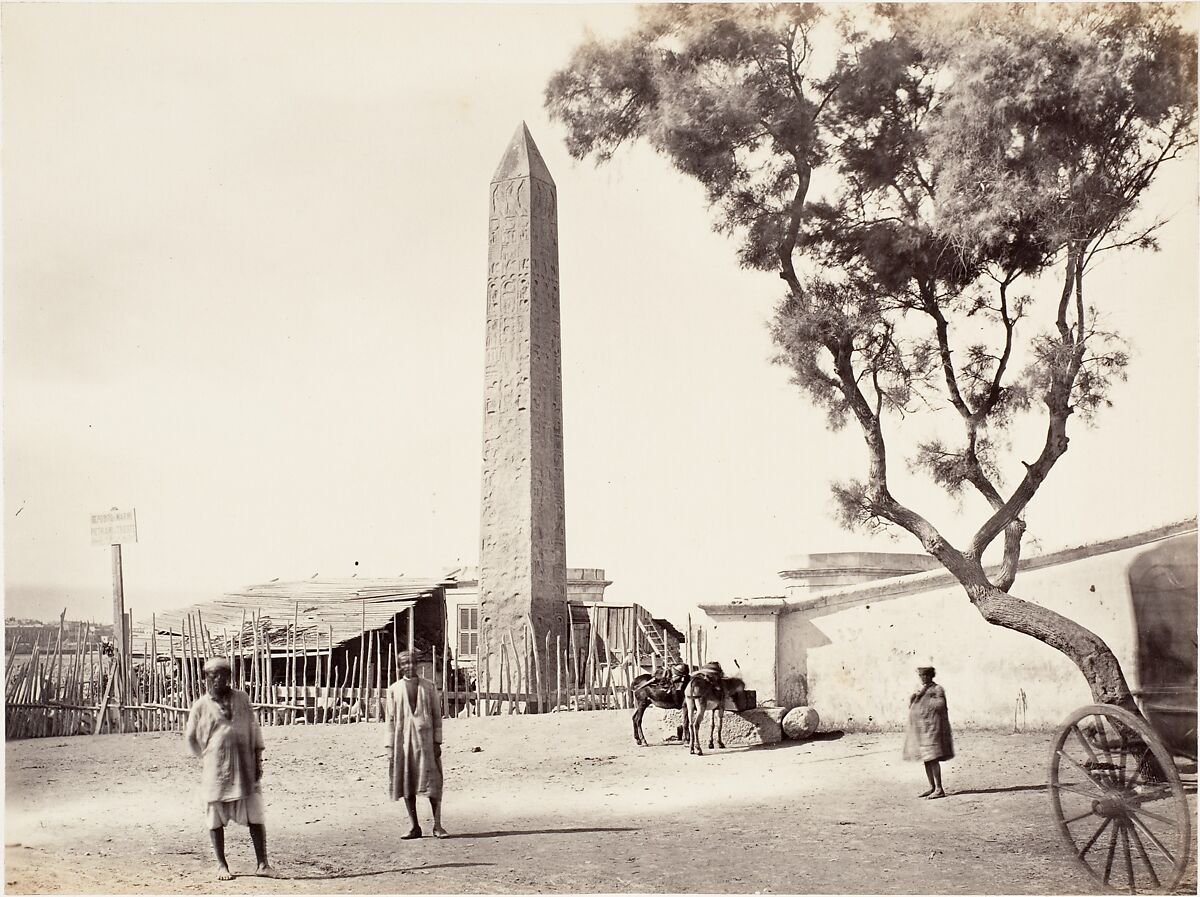
Cleopatra’s Needle
One of my favorite monuments in New York City is one I run by numerous days a week, Cleopatra’s Needle. It’s a 3,500 year old ancient Egyptian obelisk behind The Metropolitan Museum of Art that sticks out in the park’s green space. It amuses me that most passers by probably don’t really think about its significance or why it’s even there!

Madison Square Park
Manhattan, like much of the city, was once a wild and unlandscaped area, and this was certainly true of the region now known as Madison Square Park. In those days, it was a swampy and remote outpost on the fringes of the city. However, a man named William 'Corporal' Thompson saw the potential in the area and purchased an old farmhouse on 23rd Street. He transformed it into the Thompson Roadhouse, a popular destination for travelers coming to and from the city. Eventually, he renamed it 'Madison Cottage,' and this name would later be adopted by the park and the surrounding Madison Avenue that would come to define the area. It's hard to believe that such a bustling and iconic neighborhood could have such humble origins!

The Old Croton Distributing Reservoir
New York City water… it’s a thing! Ask any local New Yorker and they’ll beam about the cold, crisp, clean taste of our city’s water. But water wasn't always so abundant here in New York City. Before 1837, New Yorkers relied on wells, cisterns, and barrels to collect rainwater for their daily needs. With buildings predominantly constructed of wood, firefighting was a constant challenge due to the lack of a reliable water supply. It was the visionary leadership of DeWitt Clinton, a former Mayor of New York City and champion of the 1811 grid plan and Erie Canal, that helped transform the city's water supply. Clinton proposed that the city tap into the abundant water resources of the Croton Reservoir located upstate. Thanks to Clinton's foresight and determination, construction of the Croton Aqueduct began in 1837 and was completed in 1842. The aqueduct brought fresh water to the city, greatly improving public health and safety while also enabling the city to grow and thrive.
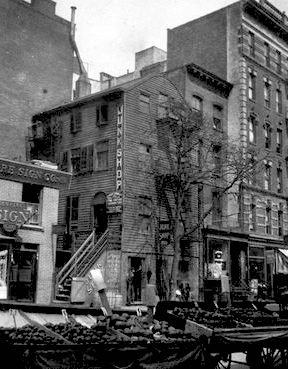
Rose Hill Historic House
You’ve probably never heard of the Rose Hill neighborhood between Kips Bay and Murray Hill. In modern day Manhattan we tend to forget that all of this urban landscape used to be wilderness. There were many farms and forests, even streams running through Greenwich Village! One such neighborhood was Murray Hill, which I always found fascinating due to its history around the Revolutionary War. I lived there from 2006-2009. Did you know that just south of Robert Murray’s estate was a farm called Rose Hill?

The Majestic
Like an epic mountain range, Central Park West is lined with an amazing assortment of architecturally stunning apartment buildings. One such building is The Majestic on 72nd Street across from the Dakota, making it quite the intersection. Did you know it was the location of one of history’s most infamous mob hits? That’s right, the Upper West Side has organized crime history, who knew!?

The Seigel-Cooper Building
You’ve certainly walked by it and have most likely been in it a few times to shop. What you may have not been aware of was that you were in the presence of architectural grandeur. Taking up the entire block from 18th to 19th on 6th Avenue the Siegel-Cooper Building tends to lose a lot of its historic street cred due to the current branding of its tenants, Bed Bath and Beyond, TJ Maxx and Marshalls. It’s kind of like those three retailers had a meeting and were like, “Hey! Wanna vandalize a Roman temple with our horrible branding?”
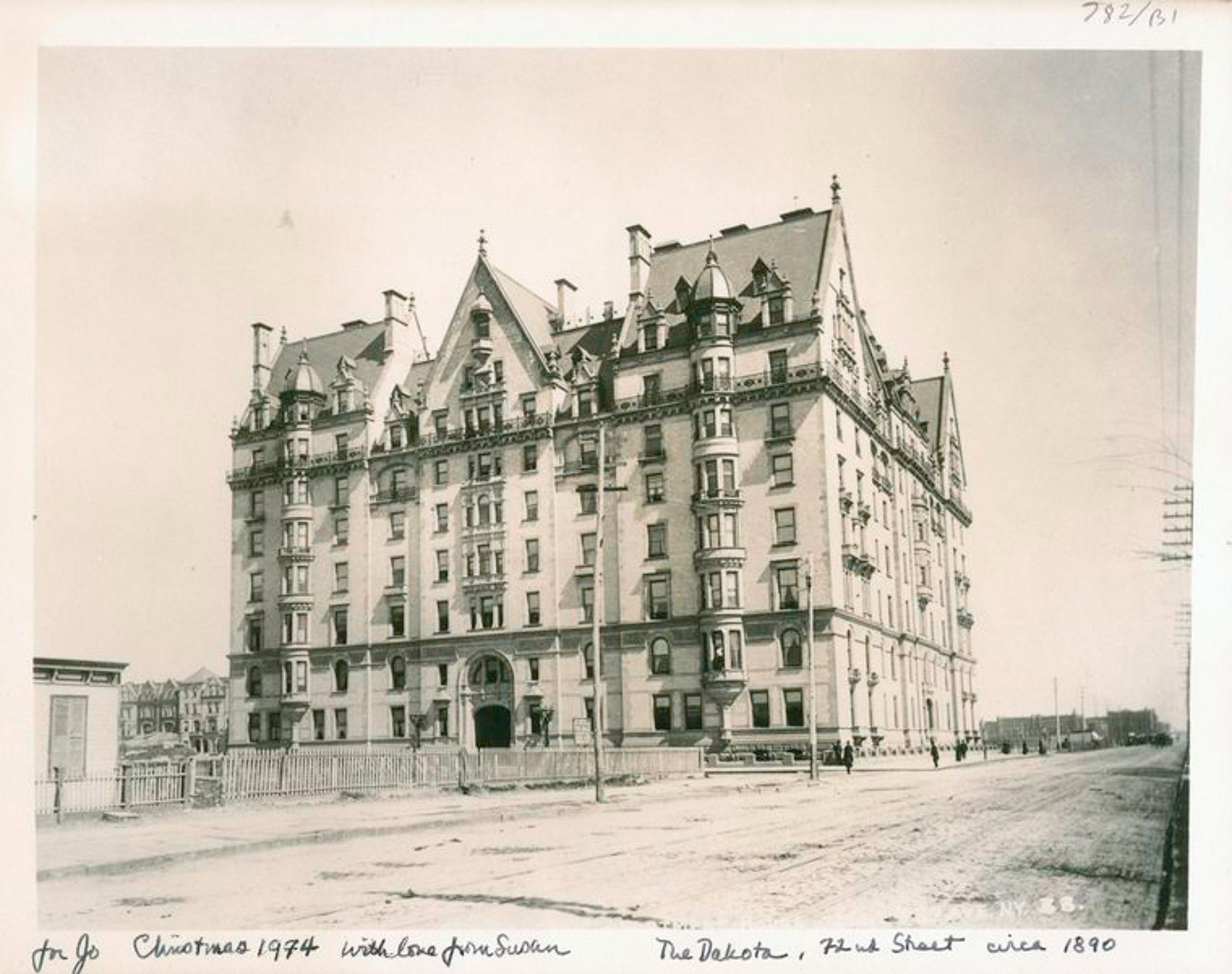
The Dakota Apartments
It’s one of the oldest apartment buildings in the city and perhaps the most famous. The Dakota Apartments has a long list of famous residents, is architecturally very unique and extremely private, which is perhaps why it’s such an icon. We all want what we cannot have…and a board approval at The Dakota is hard to come by. (Madonna was even rejected by its co-op board when she attempted to buy an apartment there.)
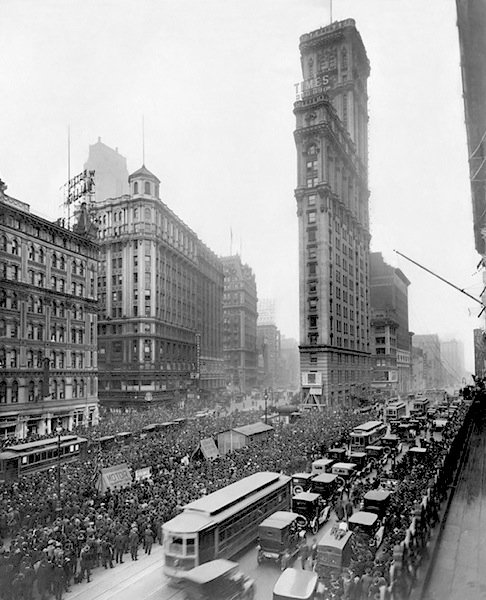
The NY Times Building
It’s hard to imagine New York City without Times Square. It’s a major tourist attraction and as much as we New Yorkers might scoff at it, you can’t deny that its over-the-top grandeur is a sight to be seen. We often forget (or at least I do) as ‘Times Square’ rolls off the tongue so easily, that the area is named for our local NY Times newspaper!
Like all of Manhattan, at some point Times Square was wilderness.

Rockefeller Center
Even though it tends to be a bit touristy, I happen to love Rockefeller Center. It's art deco design has always intrigued me (interior and exterior) and stepping off Fifth or Sixth Avenues into Rockefeller Center’s ‘city-in-a-city’ transports you to a different era. It’s a massive complex that spans 22 acres, which is a lot of land for NYC standards. So what was there before it was constructed 90 years ago?
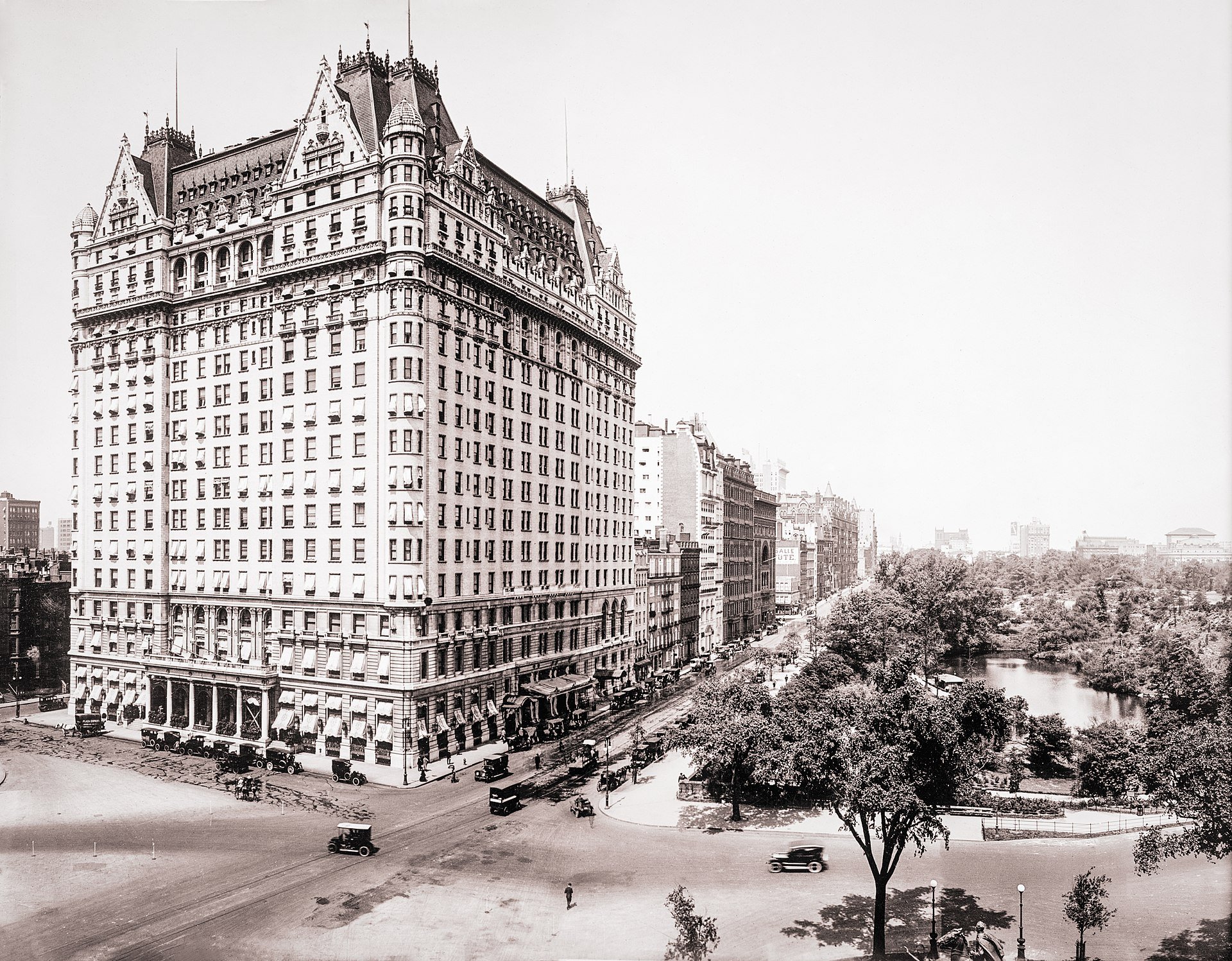
The Plaza Hotel
For me, The Plaza Hotel on Fifth Avenue and 59th Street falls into that ‘timeless, iconic New York institutions’ category. The cornerstone of Central Park’s southeast corner—it’s the first thing you see as you leave the Park, a beacon of history, architecture and of course, opulence.
But did you know that today’s Plaza Hotel is the second rendition?
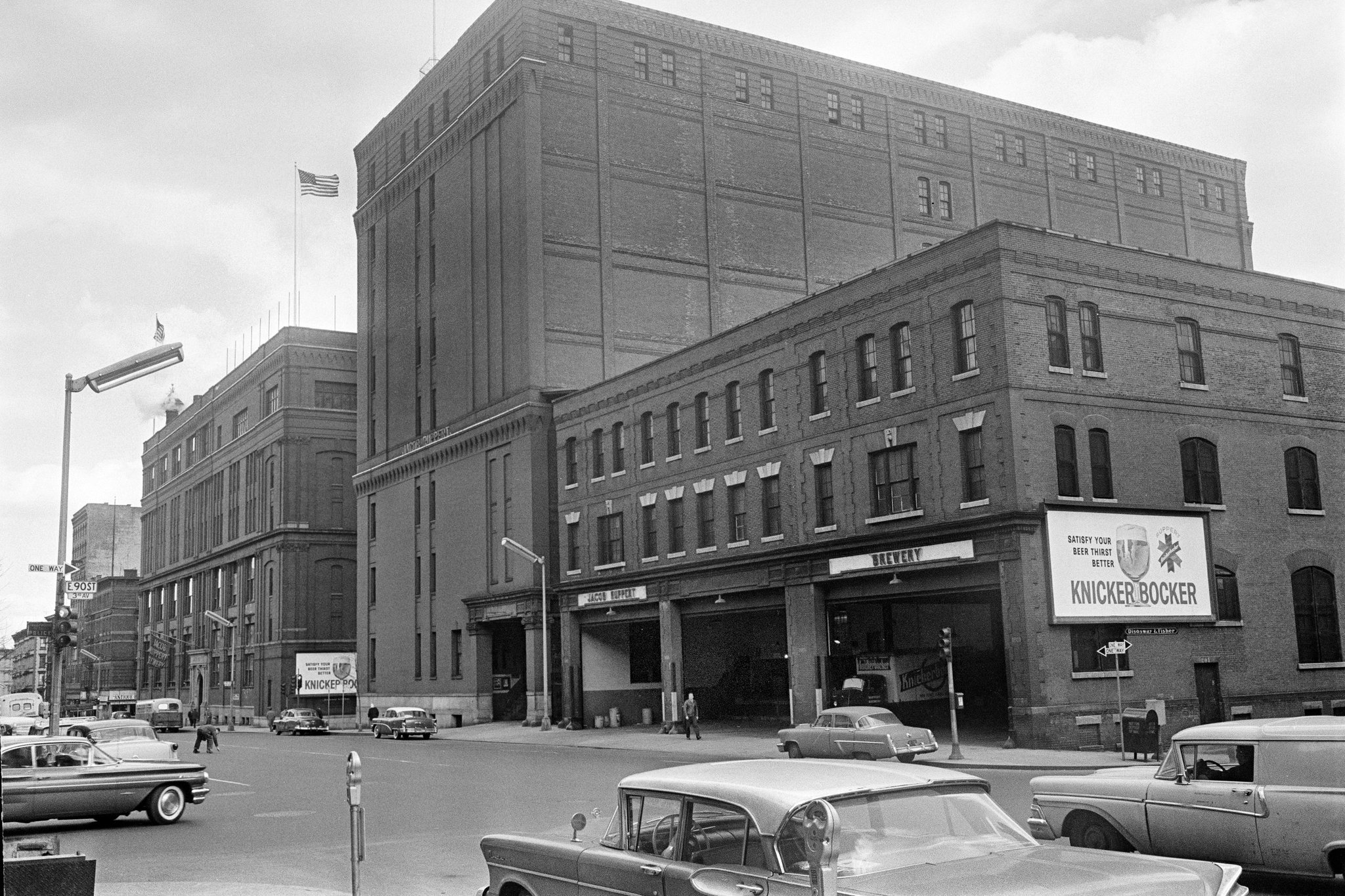
Ruppert Yorkville Towers
Years ago, while sitting at one of my favorite Upper East Side bars, the Third Avenue Ale House (located on Third Avenue and 92nd Street), I noticed some interesting framed maps and advertisements on the wall. Upon closer inspection, I noticed they were images of a lost brewery, the Jacob Ruppert Brewery, which happened to be across the street where the condominium complex Ruppert Towers now stands!

The New York City Marathon
New York City is famous for a wide variety of things like pizza, Katz’s Deli, New Year’s Eve, bagels, The Bronx Bombers, Amazin’ Mets, and of course… The Marathon. The New York City Marathon is certainly far from the oldest—Boston is clocking in at 127 years old this year—but it is certainly the best known and one of the largest with upwards of 55,000 participants.
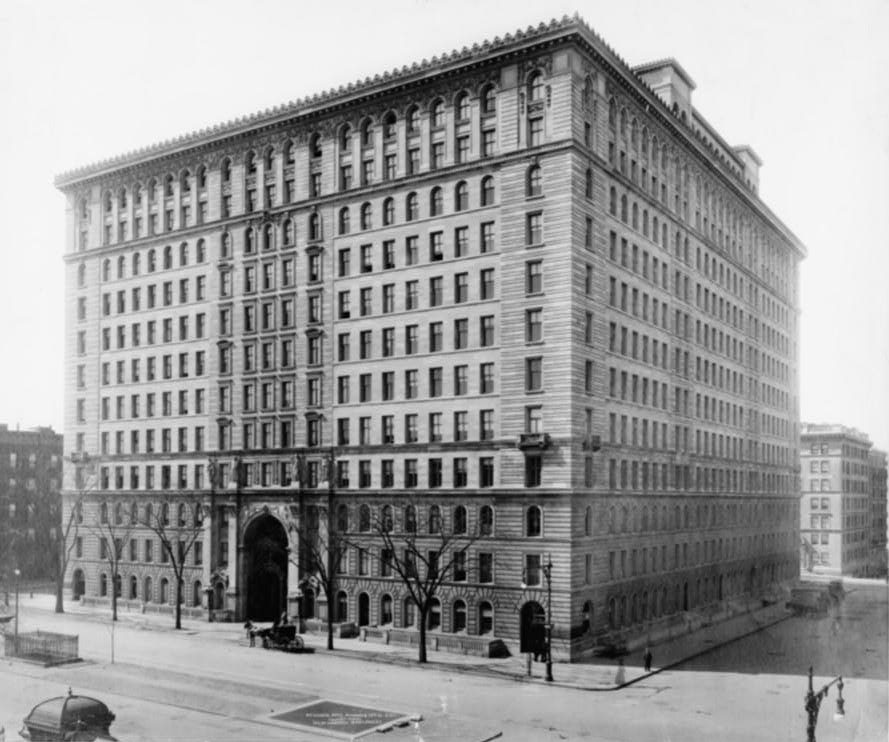
The Apthorp
One of my favorite Upper West Side architectural marvels—aside from The Ansonia—is The Apthorp which takes up the full block between Broadway, West End Avenue, and West 78th and 79th Streets. The Apthorp isn’t just a clever developer’s idea of a fancy name—like we see so often currently. It is a nod to Charles Apthorp Ward, who owned a 300-acre farm on the site in the early development of the neighborhood.

Columbus Circle
When I moved to New York City in the summer of 2000, Columbus Circle was a massive construction zone. My first apartment was on the Upper West Side, so I passed through the area quite often. When the Time Warner Center finally opened in 2004, I was far from impressed. I had moved to Alphabet City and was embracing the gritty New York of old. The new, shiny skyscrapers full of luxury retail and fancy restaurants defied all of that.
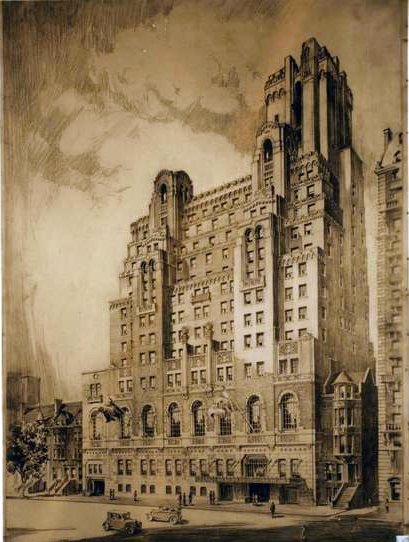
The Level Club
There’s a building on a random block on the Upper West Side that you could walk by a million times and not really notice. From ground level, it appears to be just like any other full-service co-op building, but if you happen to glance up at the facade you’d be amazed.
Subscribe to ‘Then & Now’
Sign up with your email address to receive the latest article as soon as it’s published.